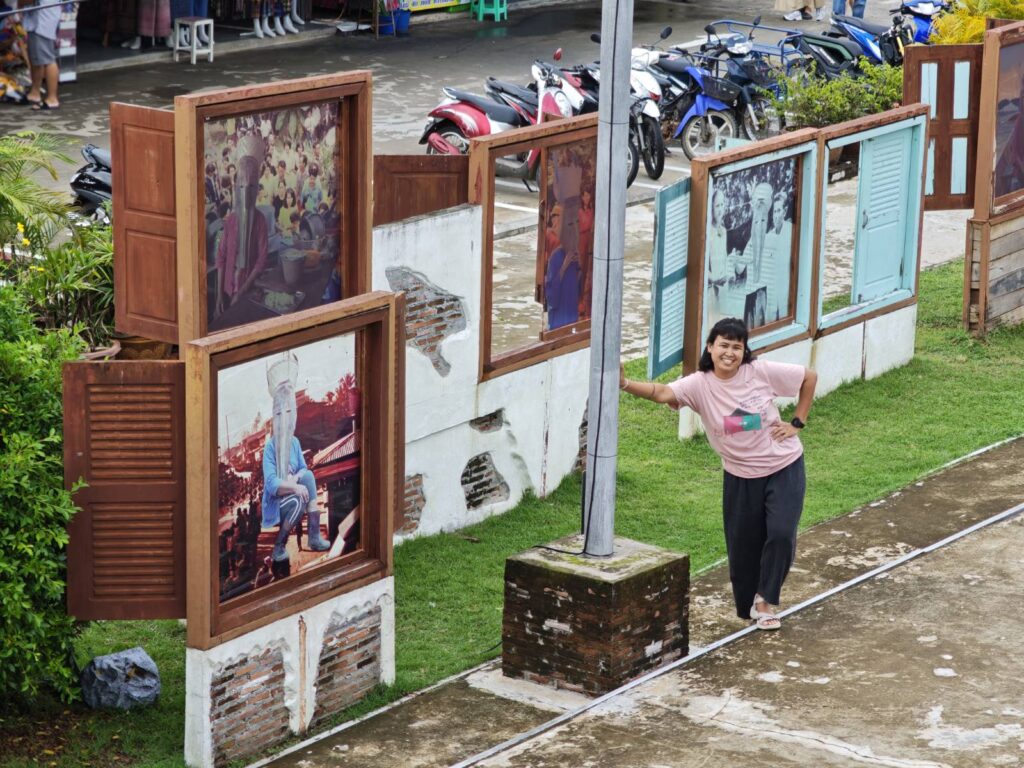GMS RESIDENCY PROGRAM 2025
“I Lost My Ghost and I Found a New One”
When I first saw the announcement for the GMS residency program, I was immediately drawn to
apply. Something deep inside told me that this was the right time and the right space. I’ve always
believed that building strong networks with artists across Southeast Asia is not just important—it’s
essential for my growth, both as a person and as an artist. We may come from different lands, but
our rivers often flow with similar struggles, memories, and dreams.
In the very first workshop, we were introduced to the Phi Ta Khon mask-making process. That
moment shifted something inside me. The essence of the Phi Ta Khon festival comes from the idea
of liberation—of spirit, of history, and of emotion. That concept thrilled me. Perhaps I’ve been
carrying too much weight—grief, loss, and unresolved feelings from what has happened in my own
country. But when I heard how our ancestors created traditions rooted in joy, playfulness, and
release, I felt as though I had discovered a spiritual language to process my pain. That’s how my
project began: as a personal journey of letting go and finding something new to hold onto.
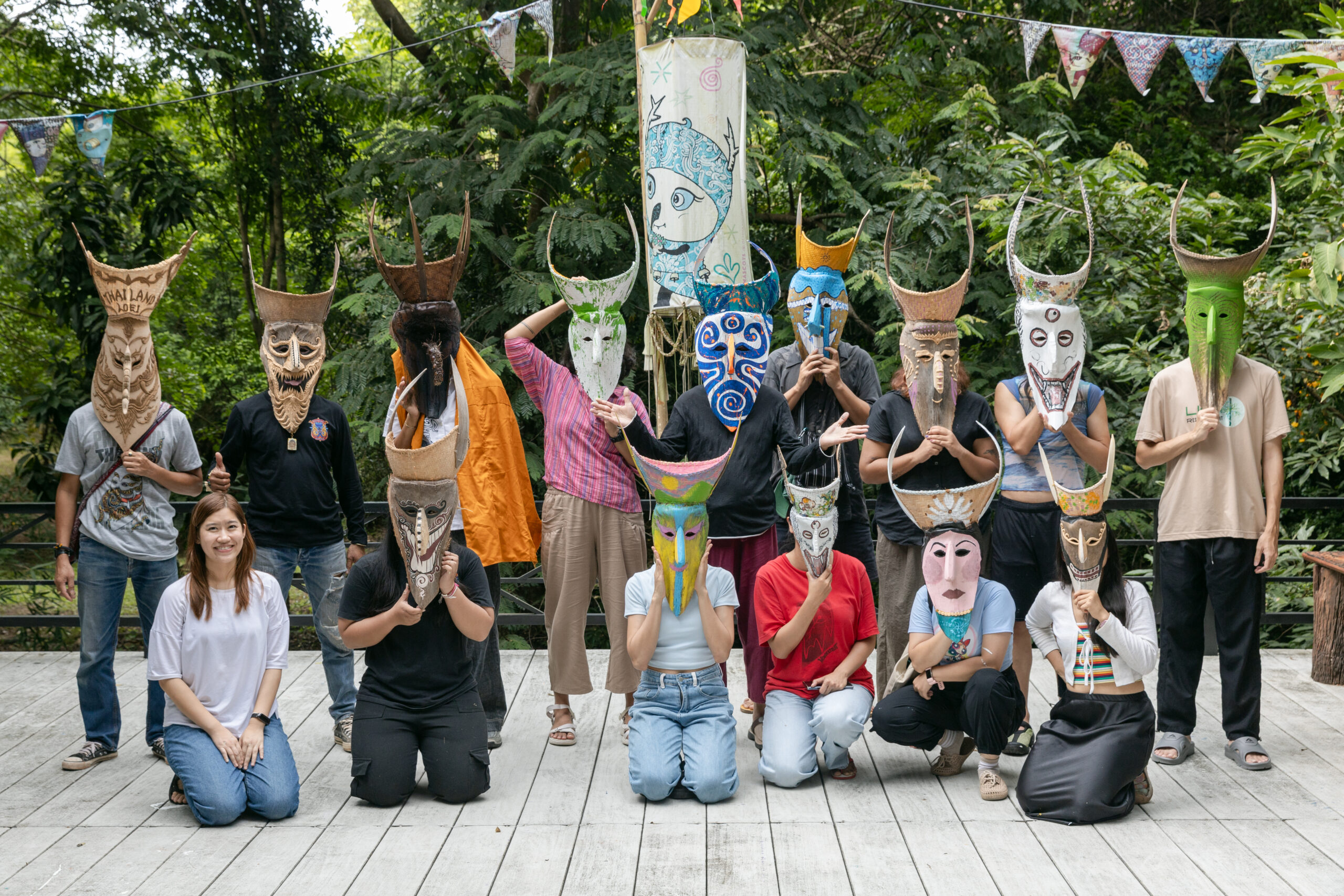

We all carry invisible burdens—shaped by where we come from, our gender, our identities, and the
historical conflicts we’ve lived through. For me, the GMS residency created a space where I could
begin to lay some of that weight down. It gave me room to breathe, to reflect, and to transform.
I spent a lot of time reflecting—not only on the residency itself, but also on my role as a cultural
producer. As artists, yes, we make artworks. But what if we also saw ourselves as producers of
culture? What kind of culture are we contributing to through our creative processes? What energy
are we sending into the world—and what energy are we absorbing into our bodies through our
work? These questions have become central to how I think about my artistic practice.
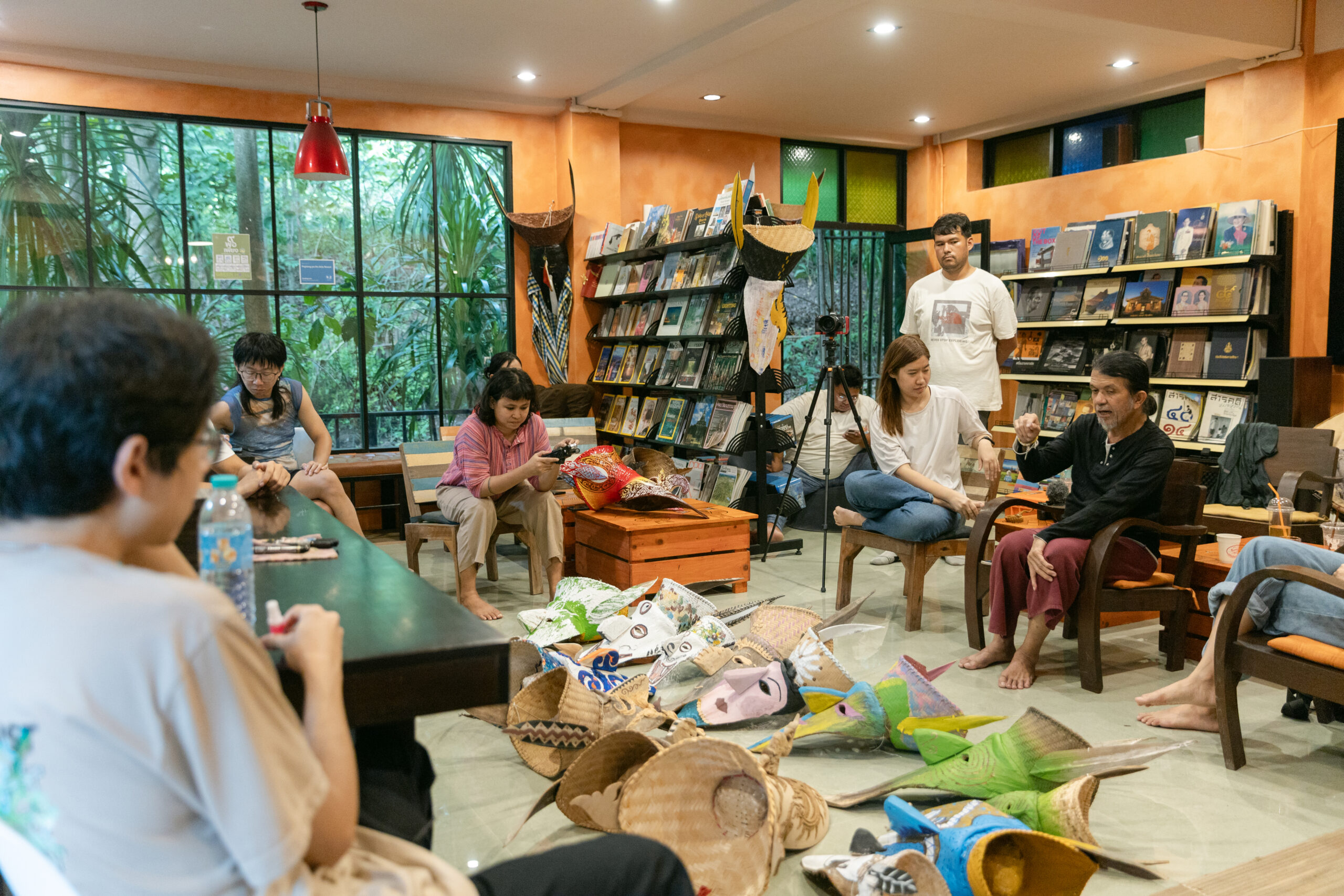
Good Friendship Makes Everything Possible
There is a saying I hold close to my heart: “Good friendship can make everything possible.” This
residency brought that truth to life. If we have strong relationships rooted in trust, honesty, and
kindness, we can build so much—together.
As young and active artists, we still have time and energy to offer our communities. We are part of
a new generation of cultural workers who are deeply committed to social transformation. I believe
that each one of us is a valuable resource for the future—not just of art, but of community care.
This residency became a seedbed for long-term relationships, not only between the artists-in-
residence but also with organizers and community members. If we can build strong bonds of
friendship across borders and backgrounds, I truly believe we can create possibilities we haven’t
yet imagined. We can even care for our shared Mekong region—not just artistically, but
ecologically and spiritually.
In today’s world, so full of violence, conflict, and division, it is more important than ever that we
learn to communicate through the language of art—through soul, through spirit. We need more
soulfulness in this chaotic time. Art allows us to listen with our hearts when our minds are
overwhelmed. It allows us to imagine again.
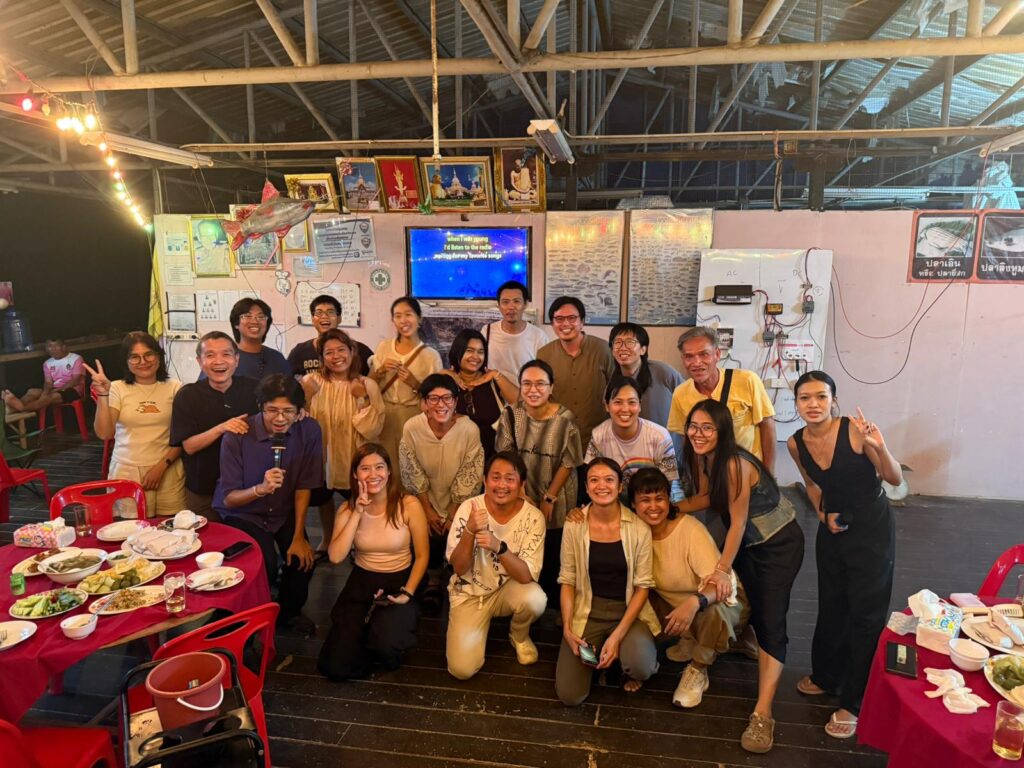
Room for Deeper Connection
While this residency opened up many meaningful internal reflections and artistic explorations, I
also felt the absence of a deeper exchange with local artists. We didn’t have the opportunity to
meet or collaborate closely with artists from the area, which felt like a missed chance. As someone
who deeply values dialogue and community-based practice, I believe that local exchange could
have enriched both our processes and the long-term impact of the residency.
Creating a space where resident artists and local artists can learn from one another—through
informal gatherings, shared workshops, or collaborative moments—would strengthen the sense ofmutual belonging. These connections are not only important for cultural exchange but also for
grounding the residency within the living artistic ecosystem of the host community.
I hope future editions of the program can build in more opportunities for such exchanges. There is
so much potential for solidarity and inspiration when we are able to connect across borders and
across neighborhoods.
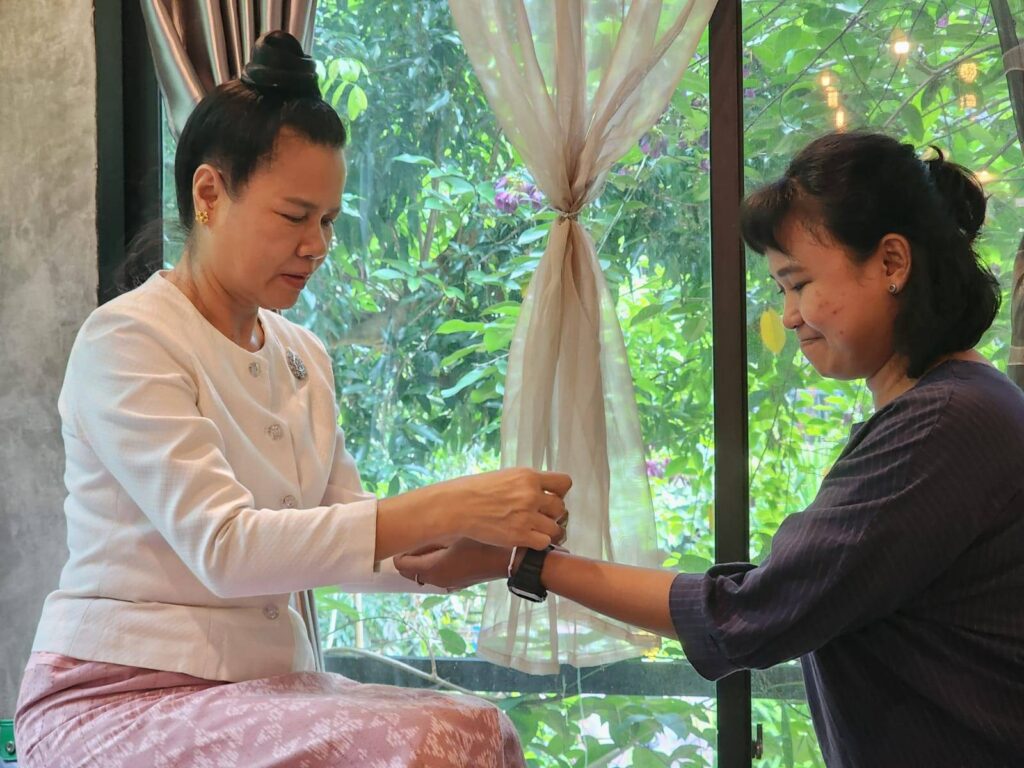
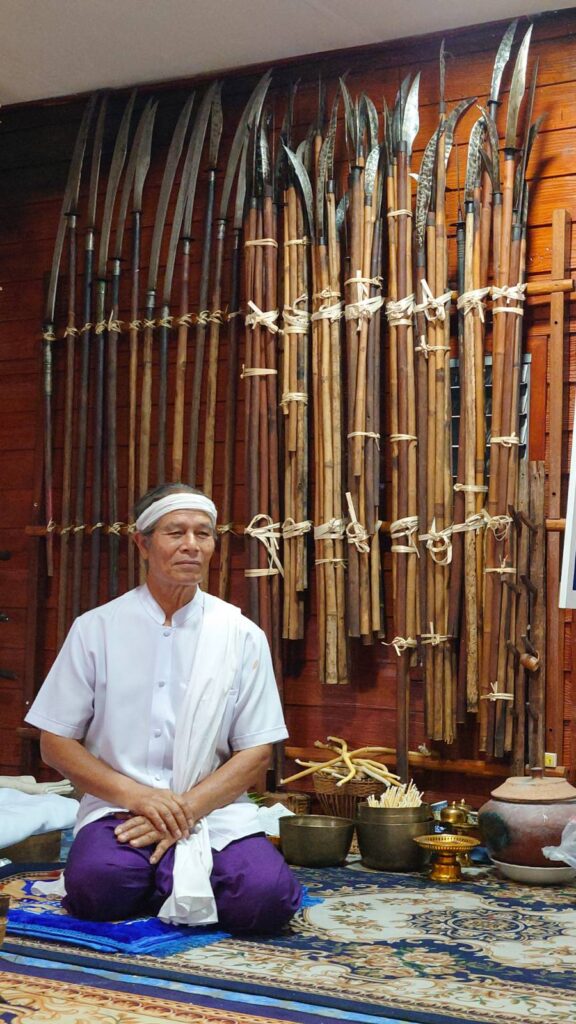
Loei Provided Me with Something Sacred
Meeting with spiritual leaders during the residency was an especially profound experience for me. I
was deeply moved by their presence and their energy. As someone coming from outside, I tried to
understand why rituals still matter in today’s world. I used to think of ritual as something outdated—
too conservative, even irrelevant. But step by step, I began to realize how rituals create bonds
within a community. They can offer peace, protection, and shared meaning—especially in times of
instability.
I only wish I had more time to learn from them, to sit with their wisdom, and to better understand
their responsibilities and their spiritual leadership. It’s something I want to keep exploring beyond
the residency.
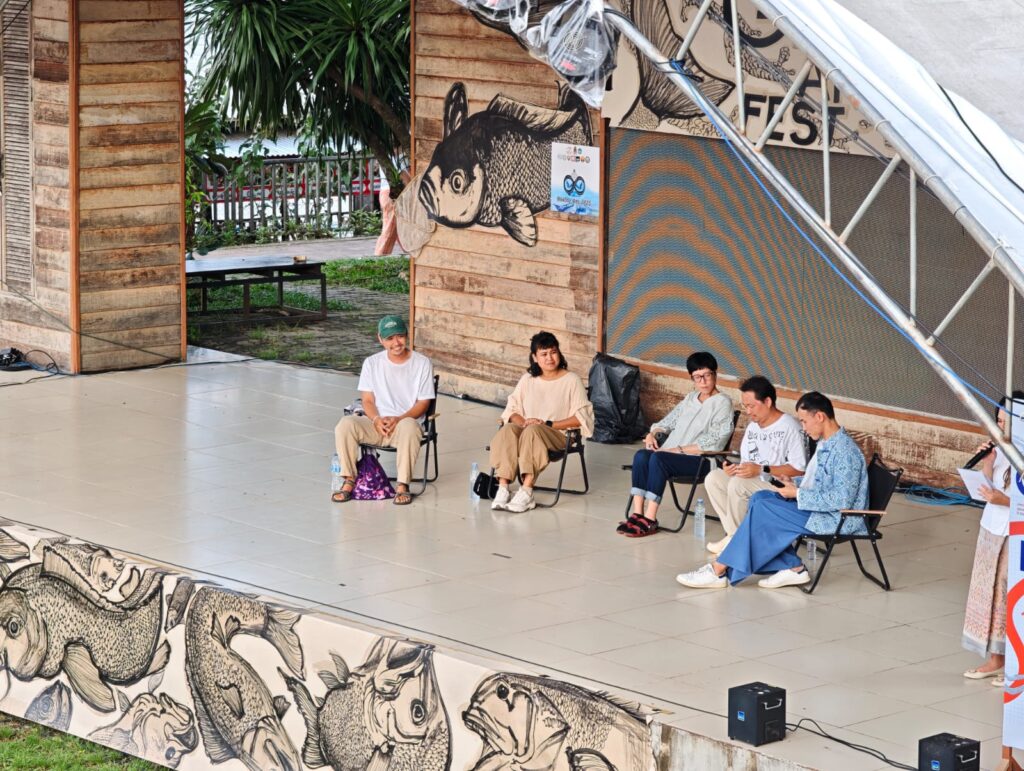
After two weeks, we settled into a more stable rhythm in Chiang Khan. I began exploring the town,
often walking the streets alone. Those solitary walks became grounding for me. I love those quiet
moments—when the mind softens and the body begins to feel the earth again. That’s when I
started to feel the city not just as a visitor, but as a listener.
.
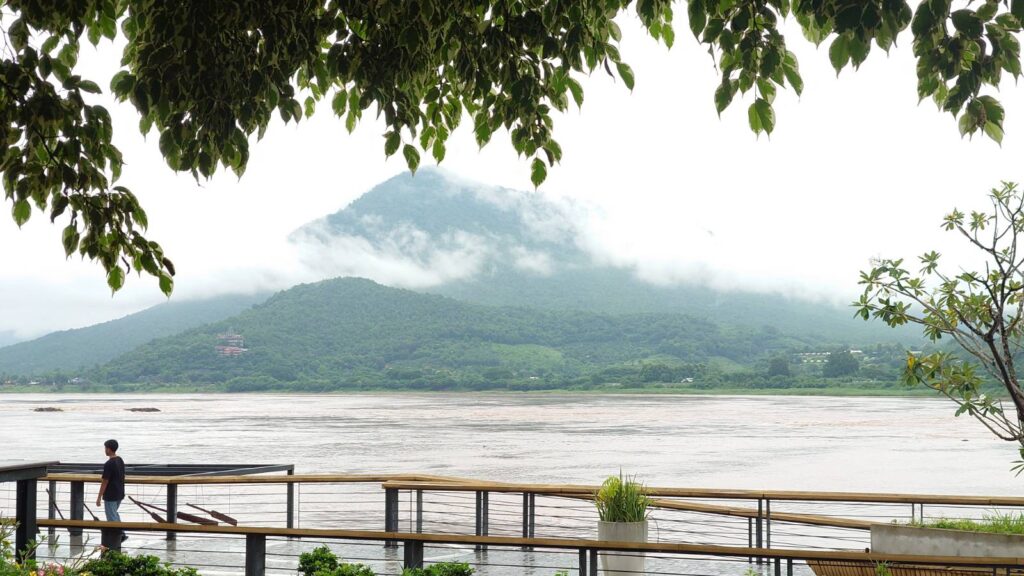
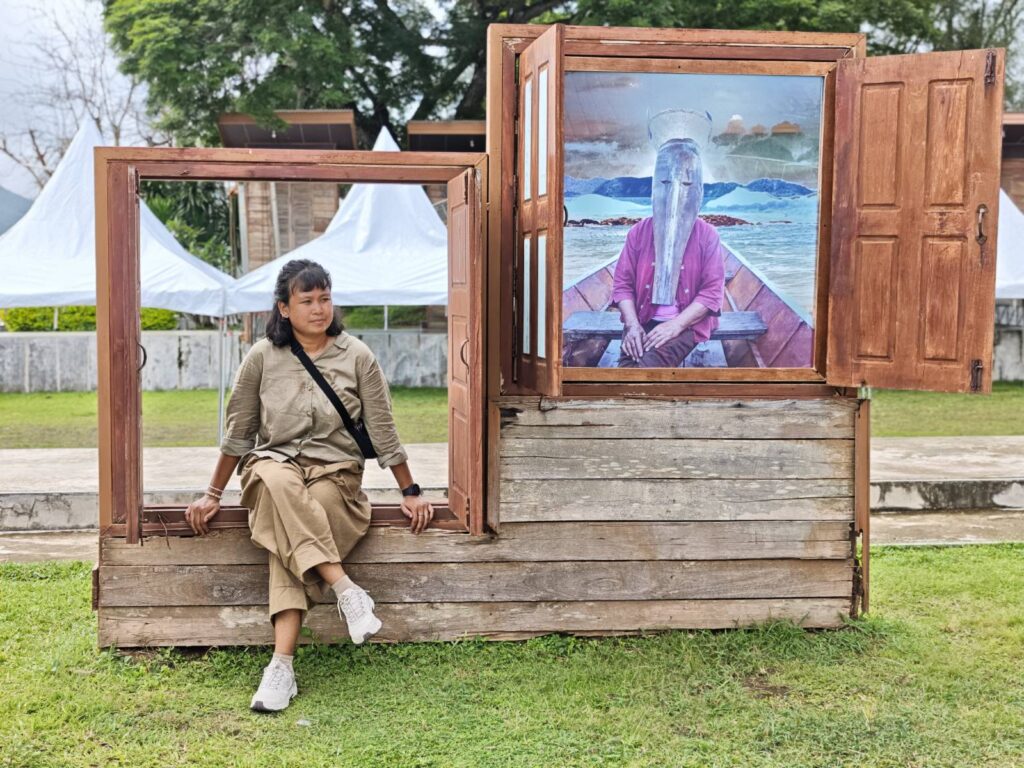
Conclusion: From Ghost to Spirit
The title of this reflection— “I Lost My Ghost and I Found a New One”—speaks to the invisible
transformation that happened during the residency. I arrived with a ghost: the burden of grief,
trauma, and disconnection. But through connection, through ritual, through friendship, and through
art, I found a new spirit. Not something to haunt me, but something to guide me.
I now carry with me a sense of liberation, however small, and a new commitment to soulful
creation. The GMS Residency did not just give me space to make art—it gave me a space to
become someone new.
